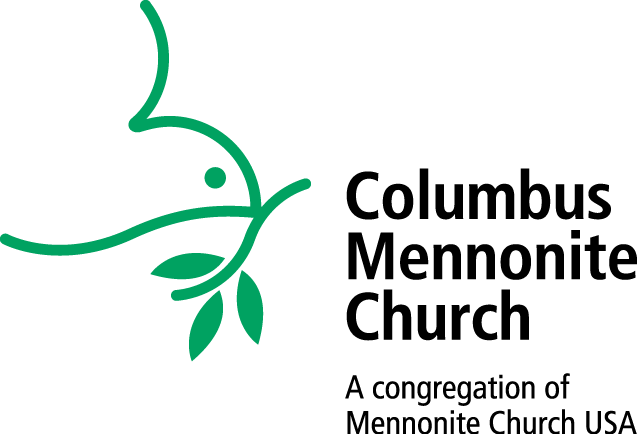Growing up, I paid little attention to Lent. I anticipated Good Friday and Easter, but the 40 days leading up to those passed by in a blur of normalcy. I was vaguely aware of Friday Fish Fry meals at local parishes, and haphazardly attempted to “give up” something for Lent during my teenage years, but the season held little significance for me. It wasn’t until my sophomore year of college that I first heard about Maundy Thursday, which I understood as “Monday-Thursday” for subsequent years (until someone so graciously corrected me). I couldn’t imagine what a Monday-Thursday prior to Easter might entail, but the Last Supper certainly wasn’t it.
Throughout our years at CMC, Lent has taken on new meaning for me. Particularly in this year, as pastoral intern, I am deeply aware of the significance of the Lenten season within the liturgical calendar. Weeks prior to Lent, I joined in conversations with Worship Commission and a Lent planning team, as we imagined how we might engage these “Thrown Alongside” weeks as a community. I have joined in the design of Lent visuals* and the Worship Table.** I have felt, in these communal encounters, our collective anticipation not only of Easter, but the Lenten season itself.
What has taken me by surprise is the anticipatory waiting that makes itself known throughout Lent, a waiting I assumed existed solely in Advent, when we anticipate Jesus’ earthy arrival. And yet, a waiting envelopes us in this Lenten season: we wait, in often-despairing realities, for the arrival of life, resurrection, rebirth. Heartache abounds—within and around us—and we wait. As I read the news, a song I normally associate with Advent comes to me, unbidden: O come, O come Emmanuel.
Neither the Jesus of Advent nor the Jesus of Lent was stranger to the trauma of Empire, a trauma we can relate with all too well today. Born into Empire: “In those days a decree went out from Caesar Augustus that all the world should be registered” (Luke 2:1, NRSVue). Executed in Empire: “When they came to the place that is called The Skull, they crucified Jesus there with the criminals, one on his right and one on his left” (Luke 23:33). Human and Earth suffering were shared by a human, earthy Jesus. This is Jesus within and around us, Jesus suffering with the suffering within and around us. Jesus, too, anticipates, waits.
In our anticipatory waiting, we witness hints of life in the midst of death. An “impending bloom,” as Joel described it, evident in the buds peeking from bushes and trees. Evident in you, in me, in us, in all. This year, I recognize that Lent invites me—invites us—to be present with the waiting, the anticipation, that I previously ignored.
In our Lenten anticipation, in our Thursdays both Monday and Maundy, may we breathe in and through the waiting: O Come, O Come Emmanuel.
*Many thanks to Ginny Nussbaum, who made the “flying geese” fabric rectangles and squares, to Paul Knapke, who made the gray panels and to Shakita Kabicek, who created the visual design for the second Sunday in Lent.
**Many thanks to Robin Walton, who envisioned and provided the “earthy” elements of the Worship Table, and imagined their continual blooming throughout the weeks of Lent. It was a joy to arrange the table together!--
Bethany Davey (she/her)
Bethany Davey

